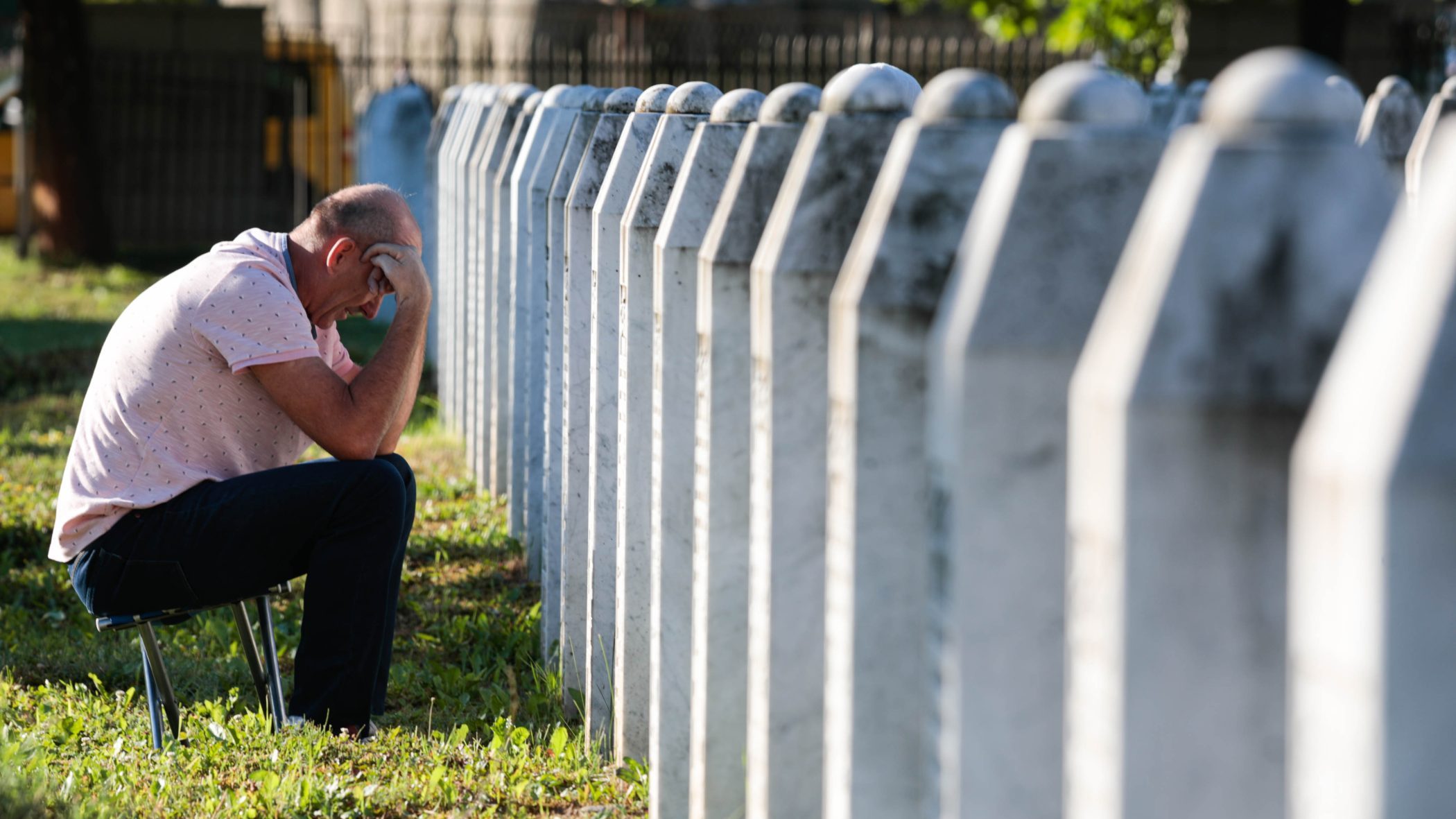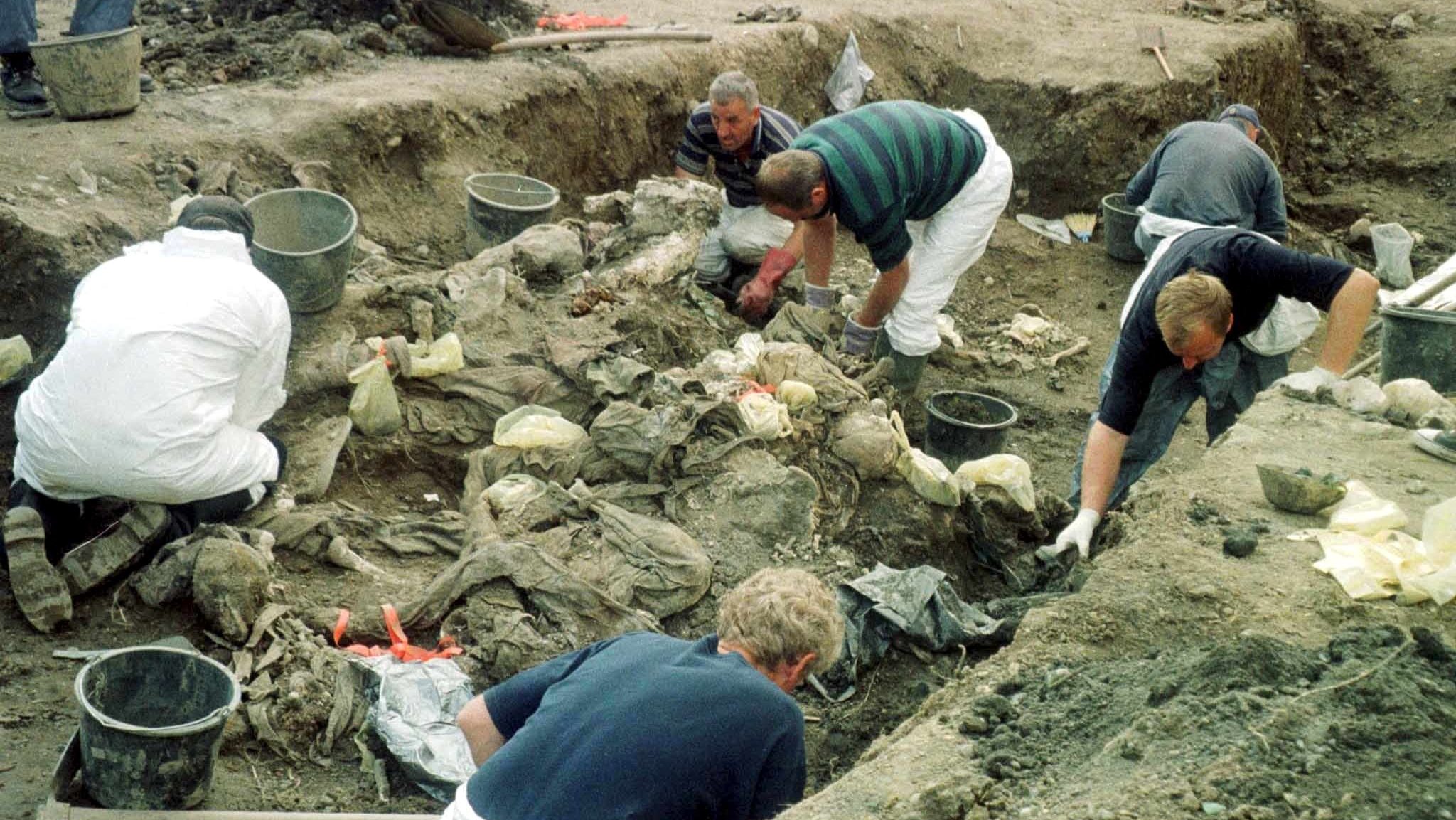This post is also available in: Bosnian
Owing to the lack of a law on the subject, monuments to victims of the war in Bosnia and Herzegovina are being put up in various places, depending on the will of the ruling political structures, and often bearing a message of hatred to the opposing side in the war.
These monuments tend to carry a message describing the other nationality as criminal or aggressive, and glorifying members of various military units that took part in the fighting.
Equally controversially, local authorities are blocking the erection of monuments to civilian victims from the other side, and which would express respect for their pain and suffering.
Overall, experts consider that chaos reigns in this field and that too many memorials to victims are little more than provocations, having been built in places where nothing happened in the war and largely manipulative in nature.
The total number of war monuments in Bosnia is unknown. It is assumed that hundreds were built over the past 15 years but no institution has compiled exact figures.
Representatives of victims associations generally seek to mark sites where people were either detained or killed. But they have been unable to put up any memorials in notorious former detention camps, such as Manjaca, the former barracks Viktor Bubanj, Vojno, at the Barutni magacin and elsewhere.
Meanwhile, in some areas, monuments have been up to soldiers killed during the war, while the nearby area, where civilians were killed, tortured and abused, is not marked at all.
One such monument, honouring Bosnian Serb soldiers, was built near the former detention camp in Trnopolje in the north-west Prijedor municipality. But no monument has been put up to remember the Bosniak and Croat civilians held by the Serbs in the facility.
This situation frustrates victims of all nationalities, especially those who have not yet found the remains of their lost relatives who died in these places.
Memorials are important to families. There are many mothers, who have not found their children, says Sada Hodzic, who lost her son in the Prijedor area.
His child, grandchildren or great-grandchild need to be able to come here and give him the credit; to know that he existed, Hodzic added.
Hodzic took part in building a memorial in the town of Kozarac, a Bosniak (Muslim) town attacked by Serbs in the war, which was completed in July.
Two months ago, leaders of the Bosnian Serb entity, the Republika Srpska, RS, together with Ivo Josipovic, President of Croatia, for the first time visited this place of suffering of Bosniaks and Croats and paid homage to victims.
But few other places are visited and honoured in this way by politicians because most of them only want to visit places where the victims are of the same ethnicity as they are.
In November last year none of the state officials came to mark the 17 anniversary of the closure of Manjaca camp, where hundreds of Bosniaks and Croats were held in the early 1990s.
Although aware of the problems, politicians are reluctant to propose legislation that would regulate the construction of the monuments because they feel such a law would not obtain the required majority in the State Parliament.
Murat Tahirovic, head of the Association of Detainees of Bosnia and Herzegovina, explains that for several years they have sought permission to erect a monument in this former detention camp, but in vain.
Each time we file a request we get the same answer, which is that there is no law for that purpose, he says. On the other hand, the State Parliament will never pass such law, so theres a vicious circle, adds Tahirovic, noting that the former camp is now a horse farm.
While many monuments cannot get a permit, some experts feel that most of the monuments that are being built are there mainly to provoke surviving victims.A monument put up at Kukavice, in the eastern municipality of Rogatica to honour Serbian victims killed in 1992, says it was erected in eternal honour of the Se



